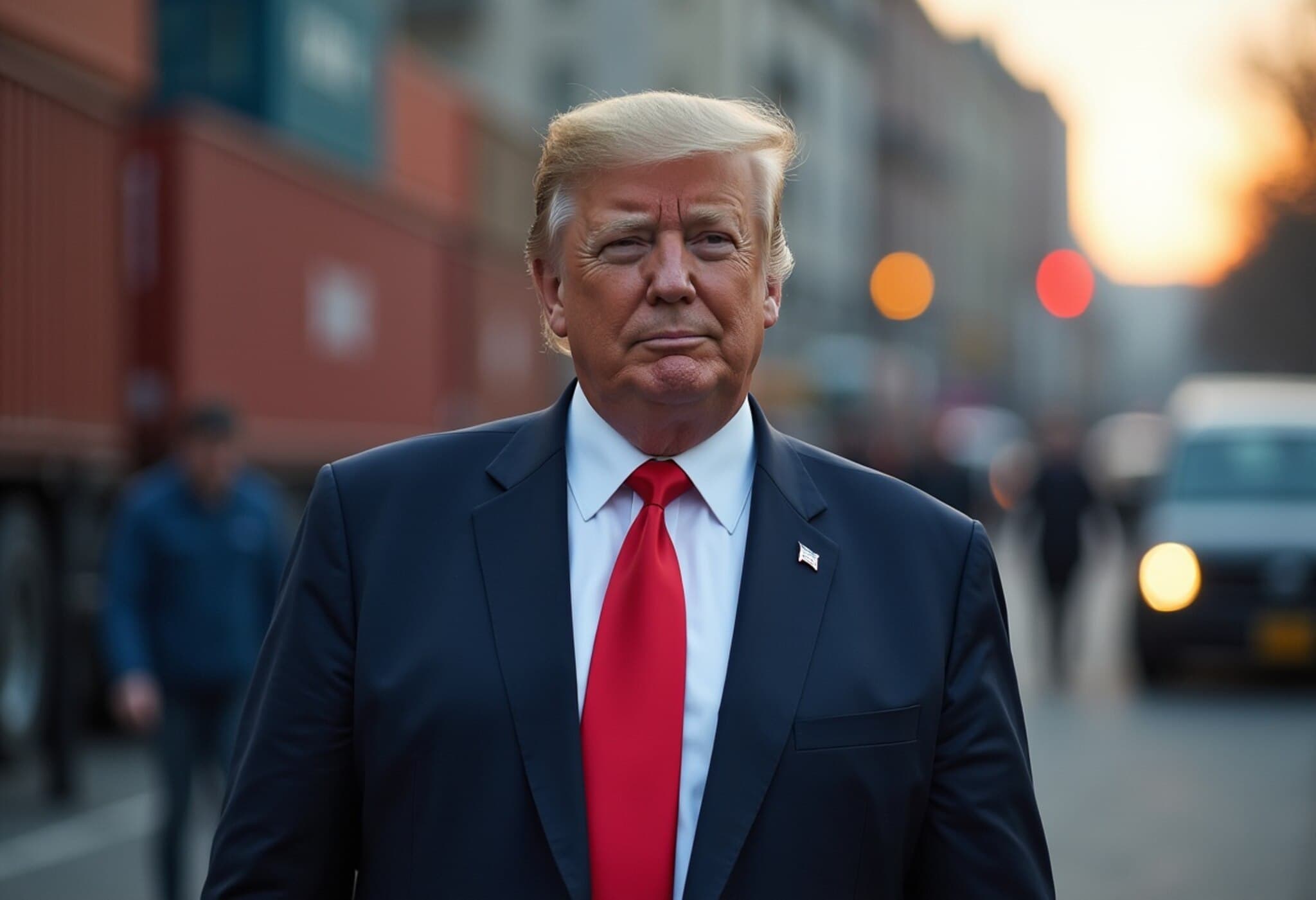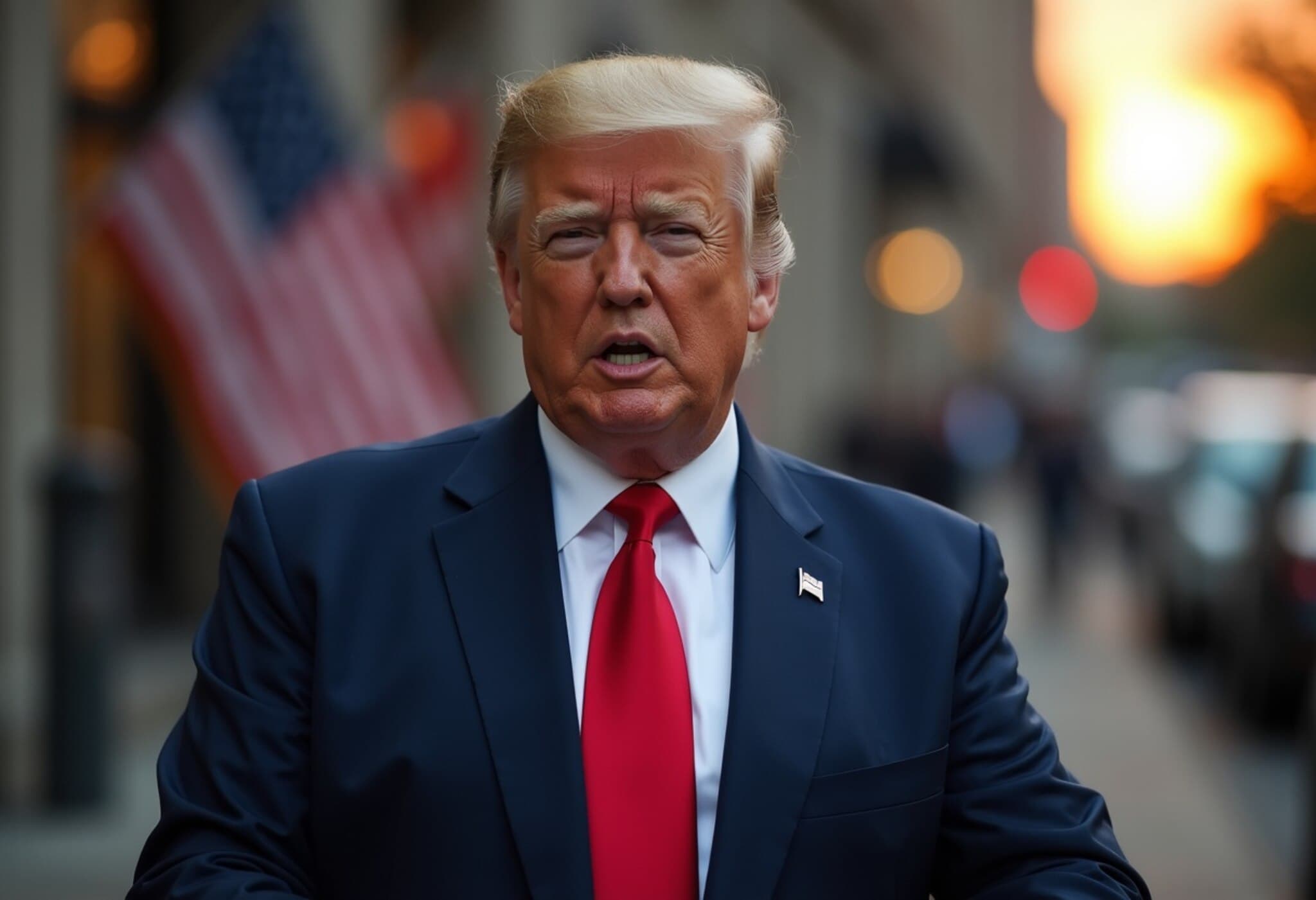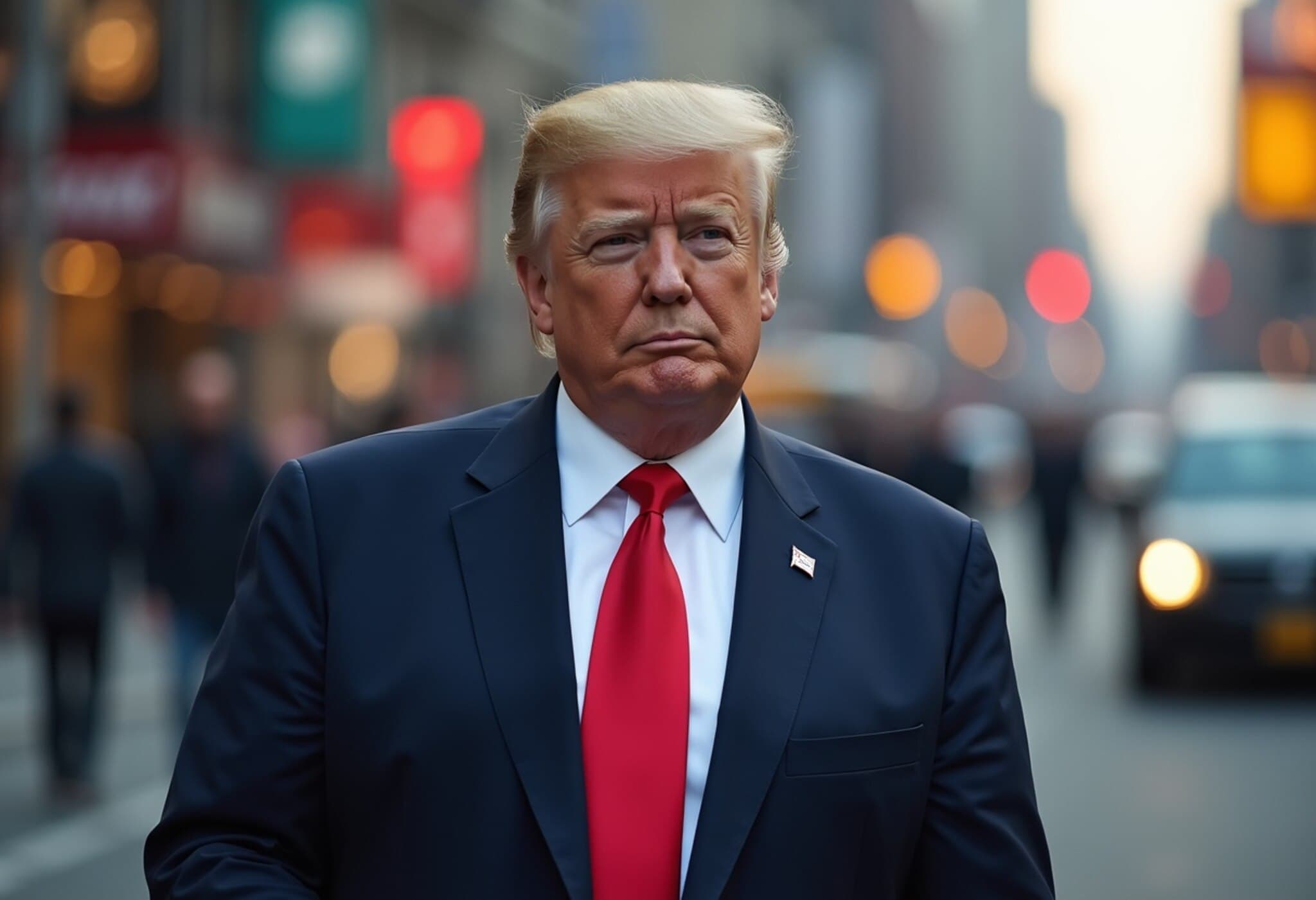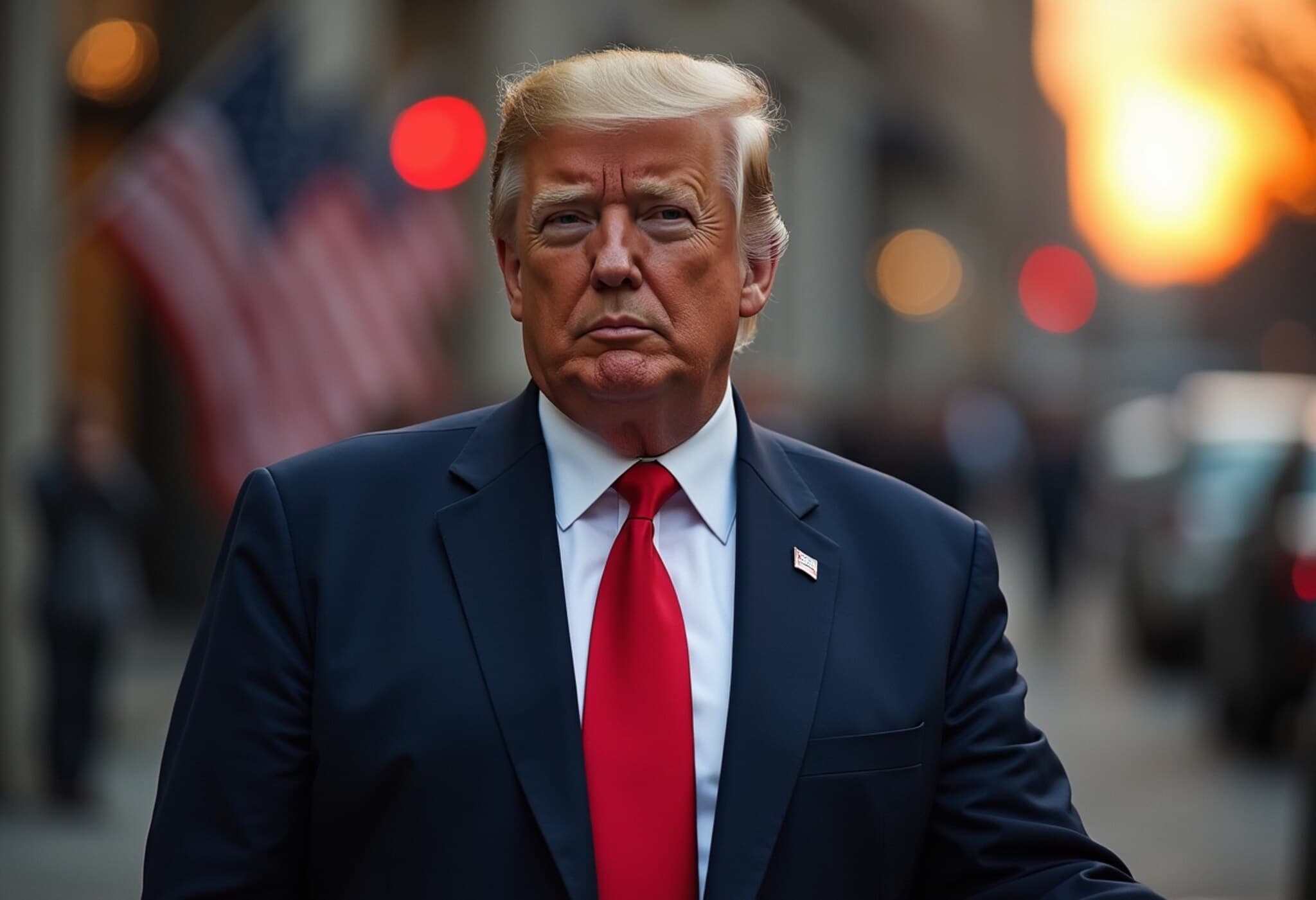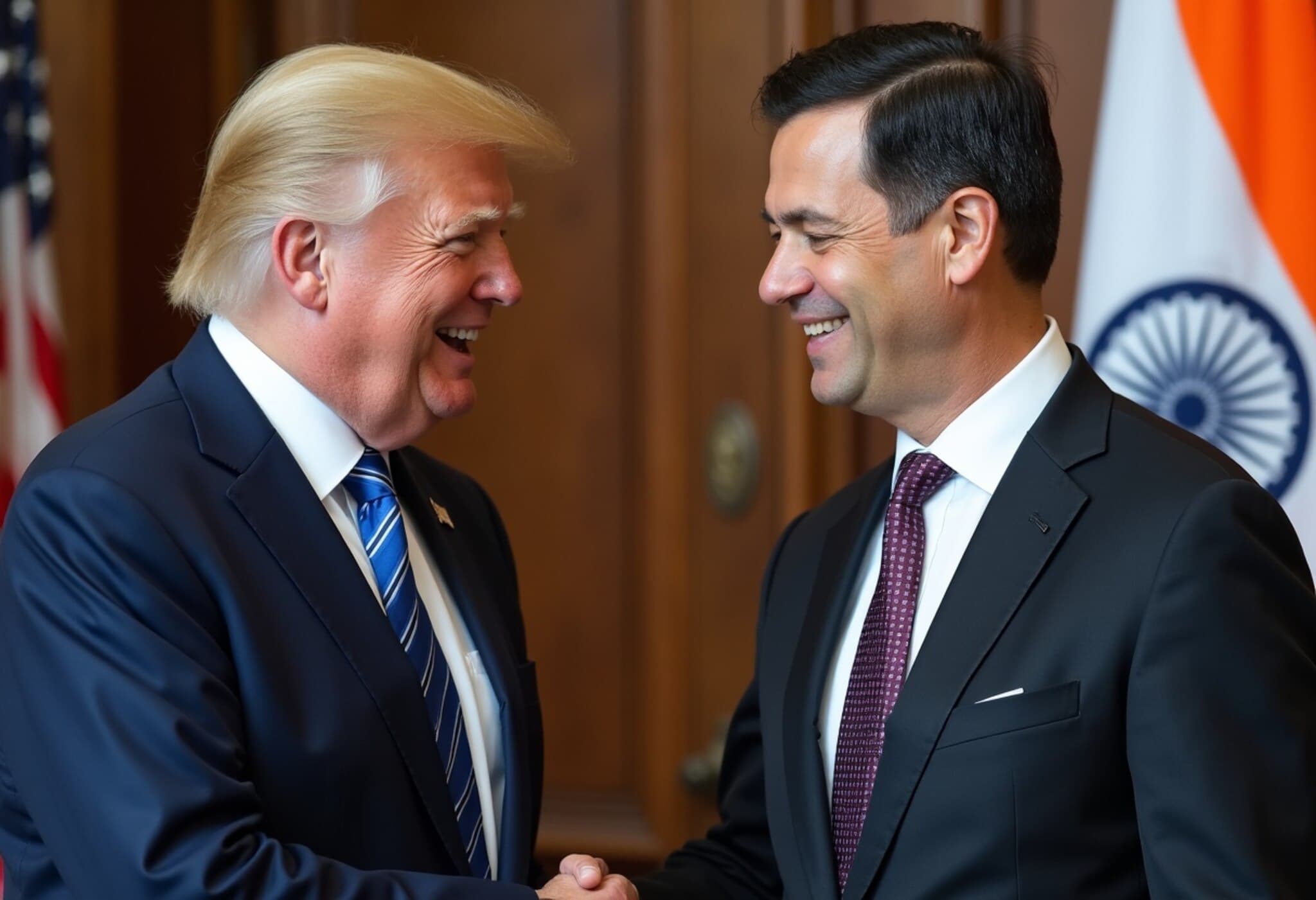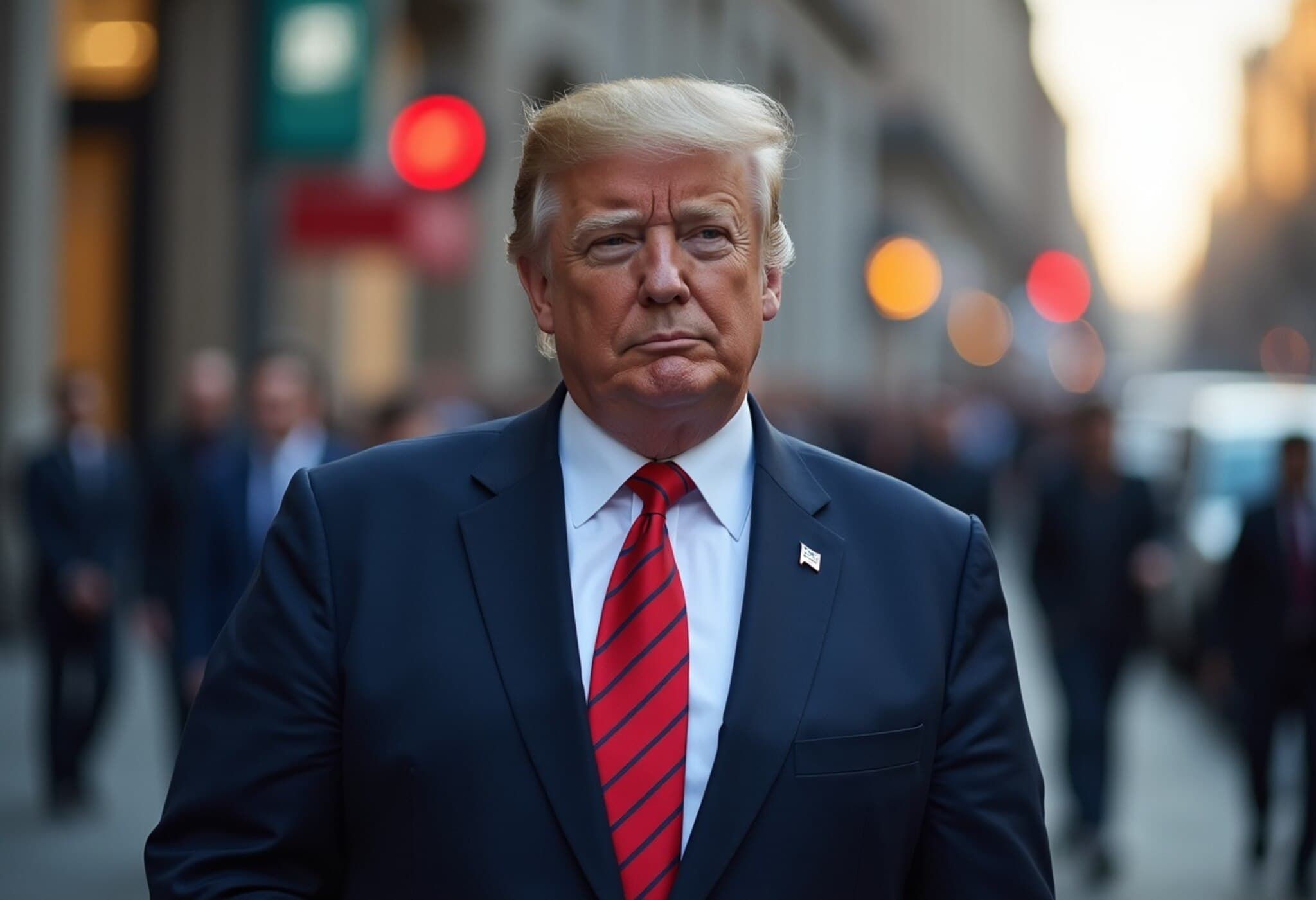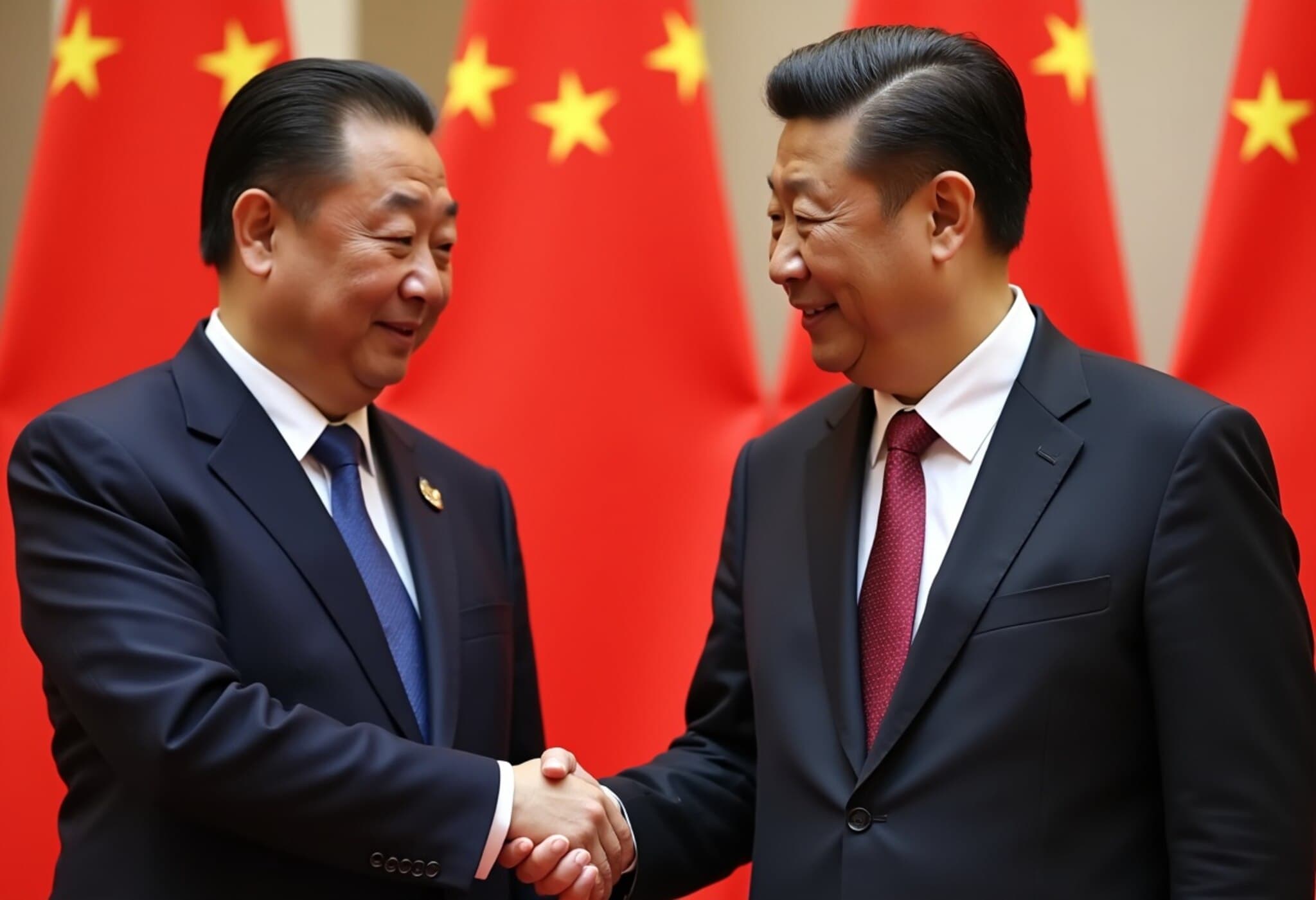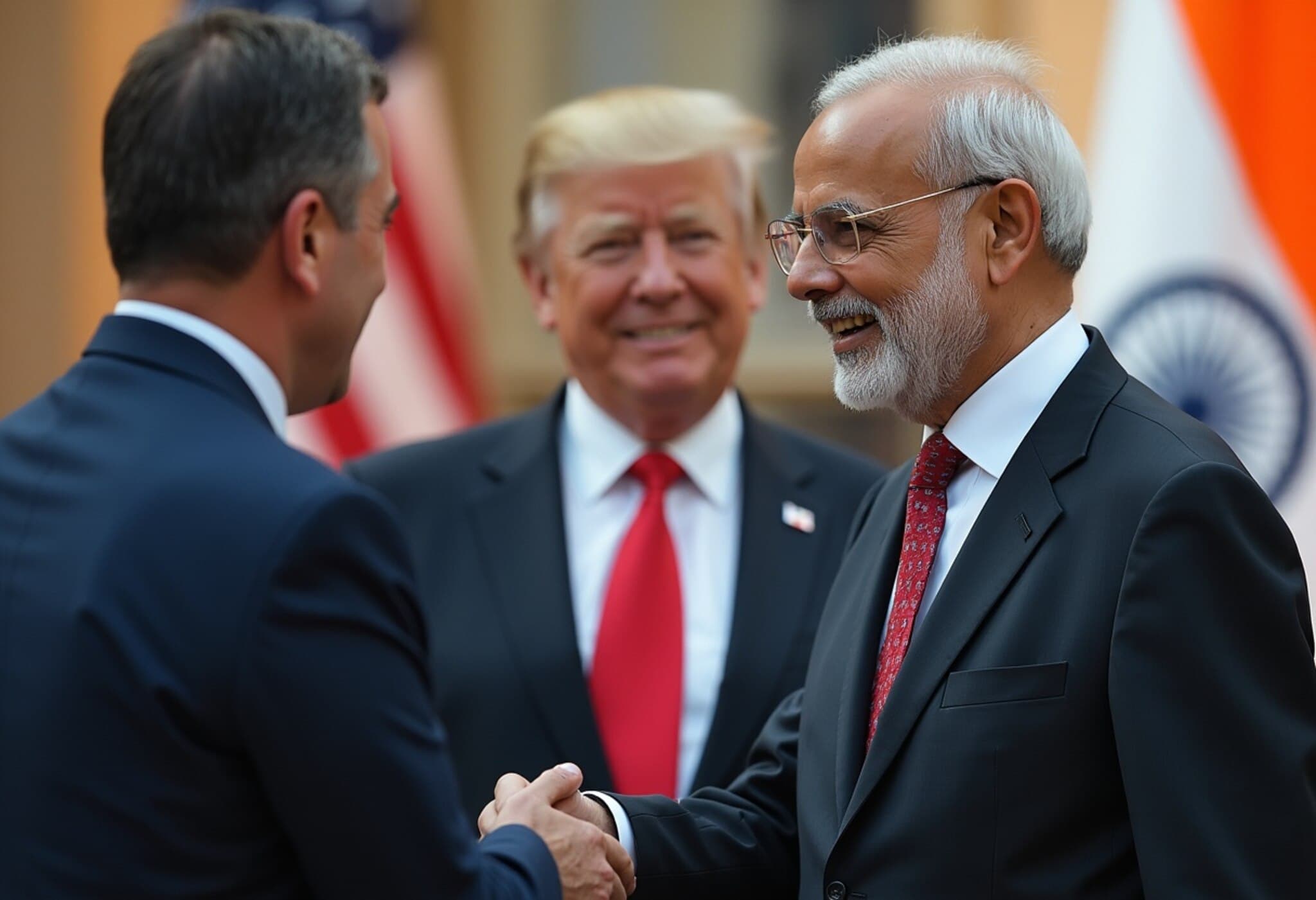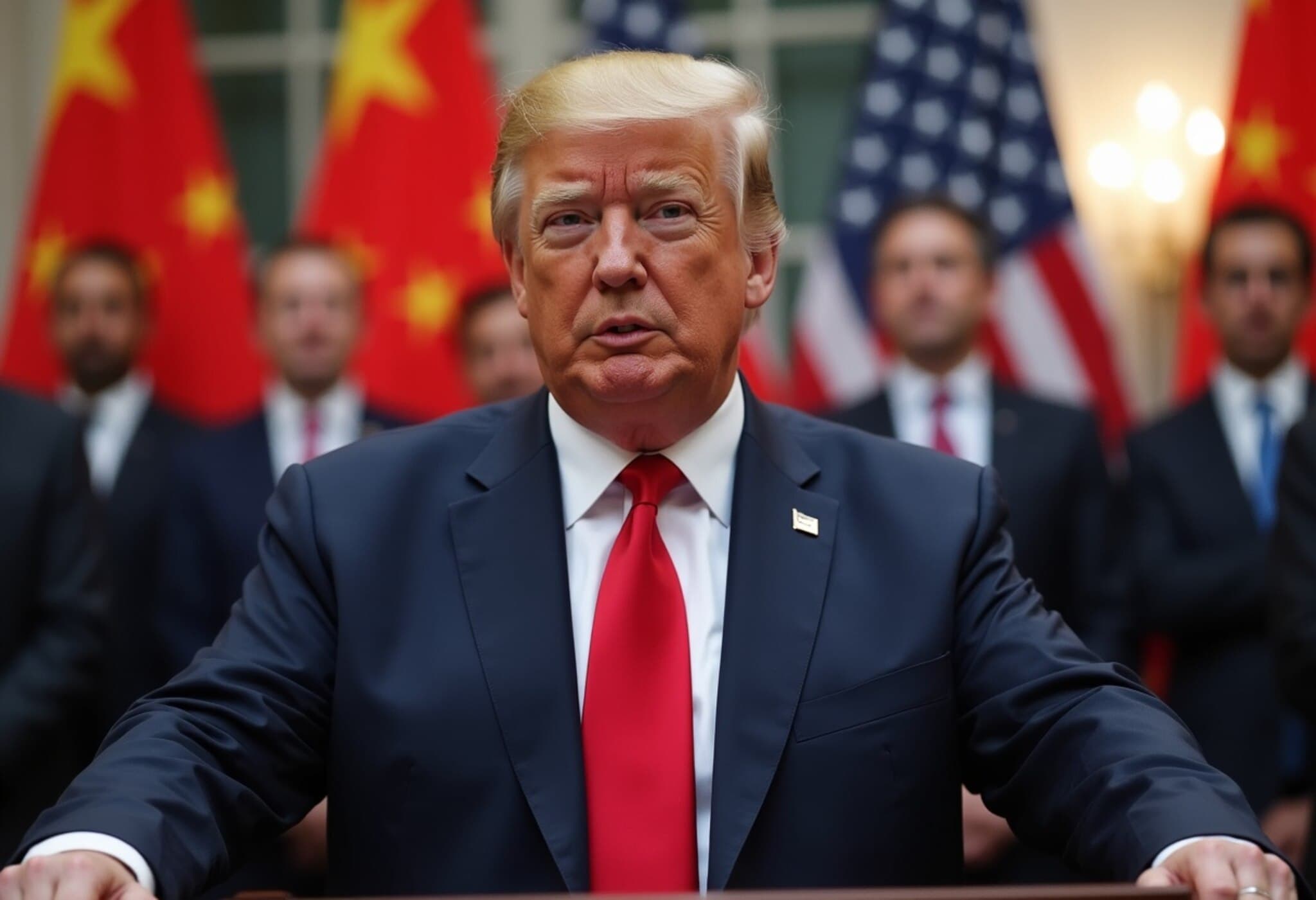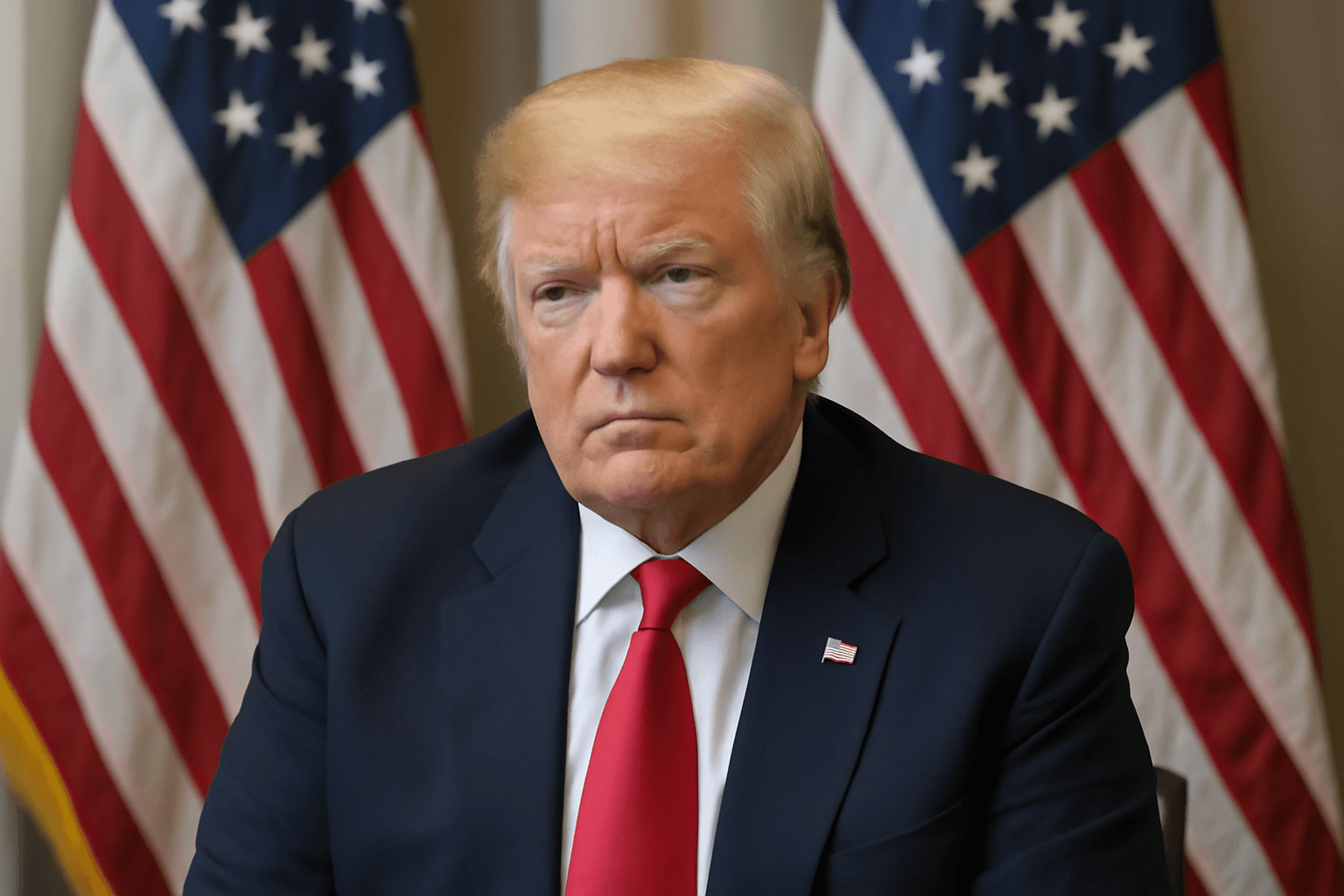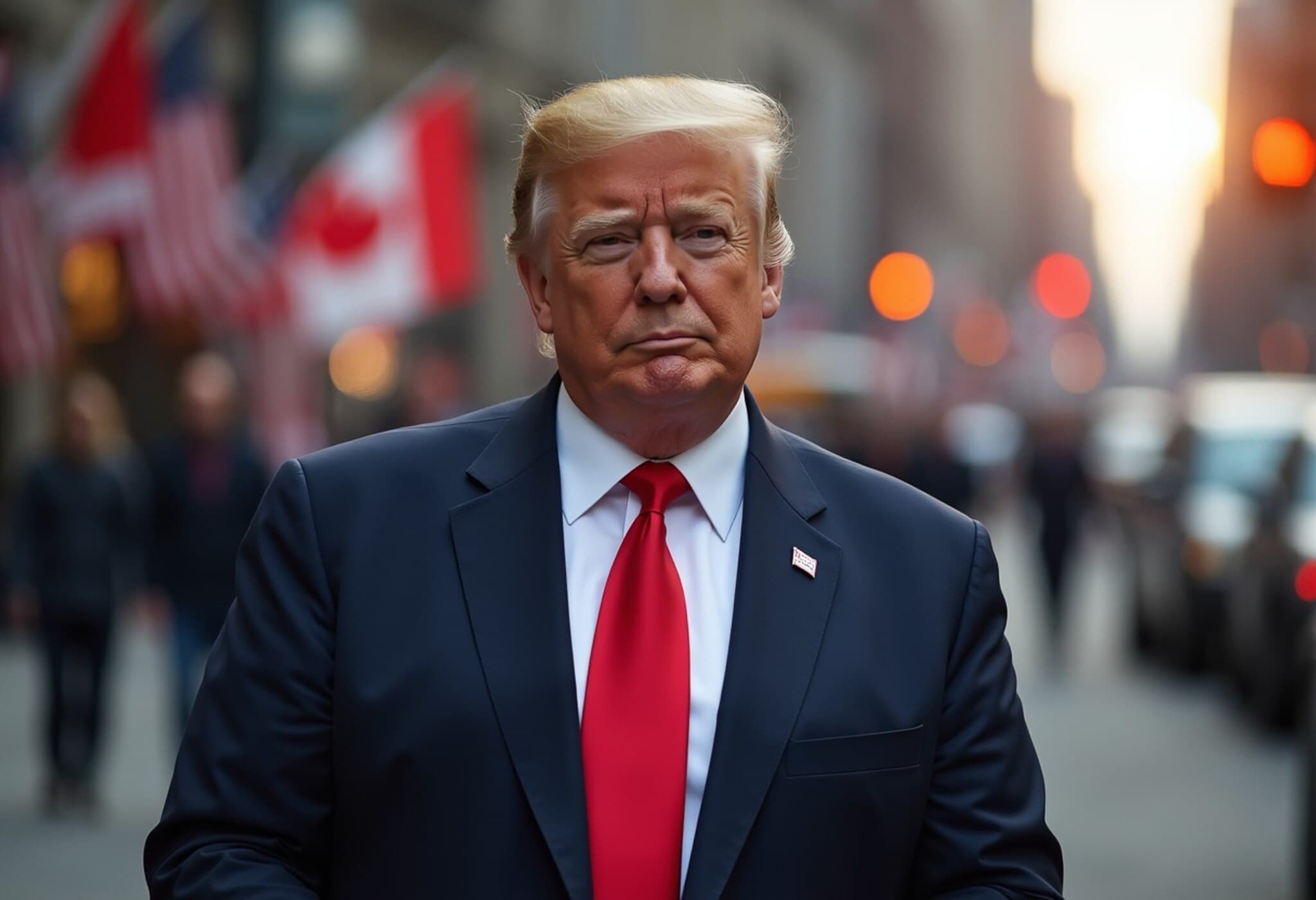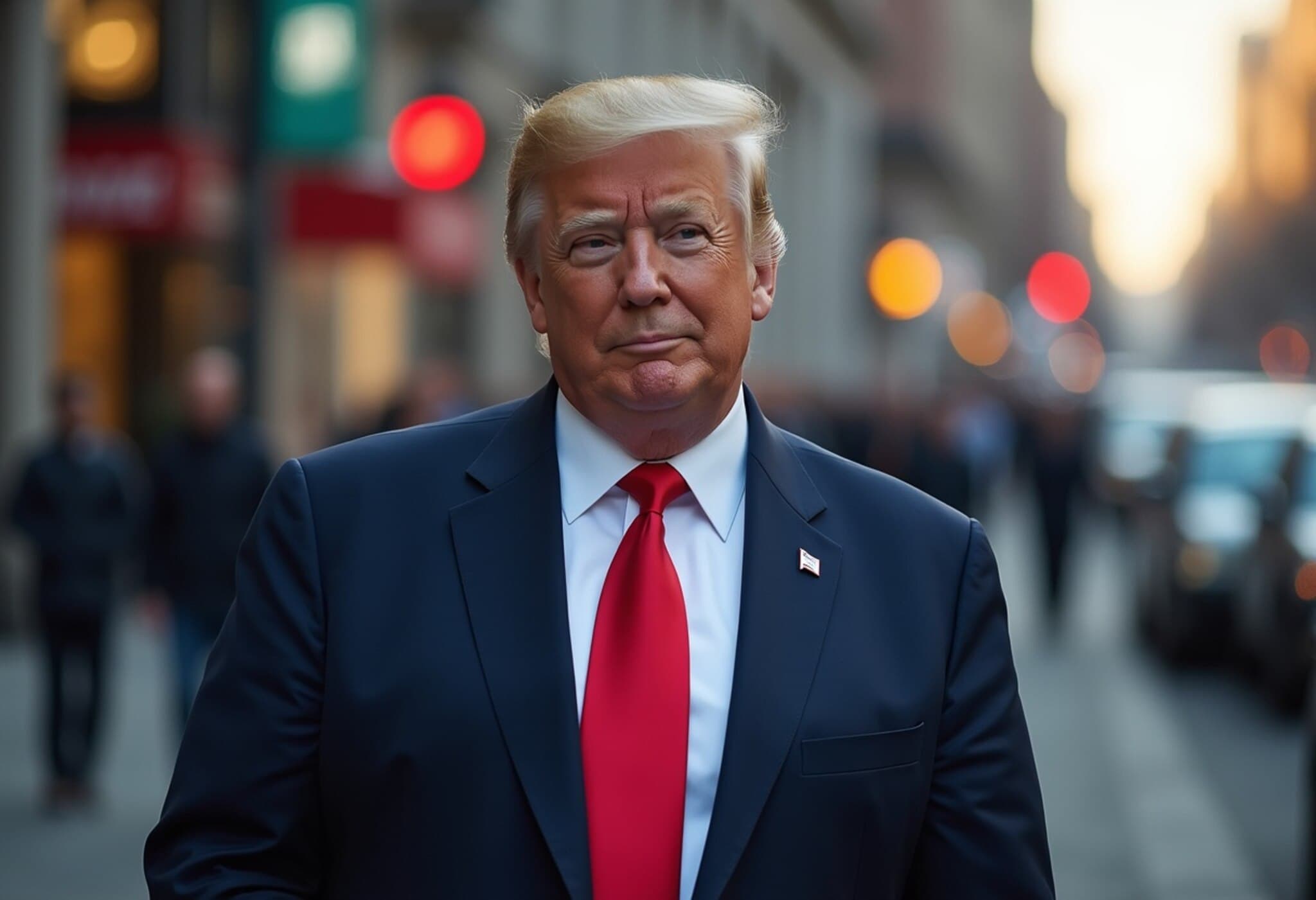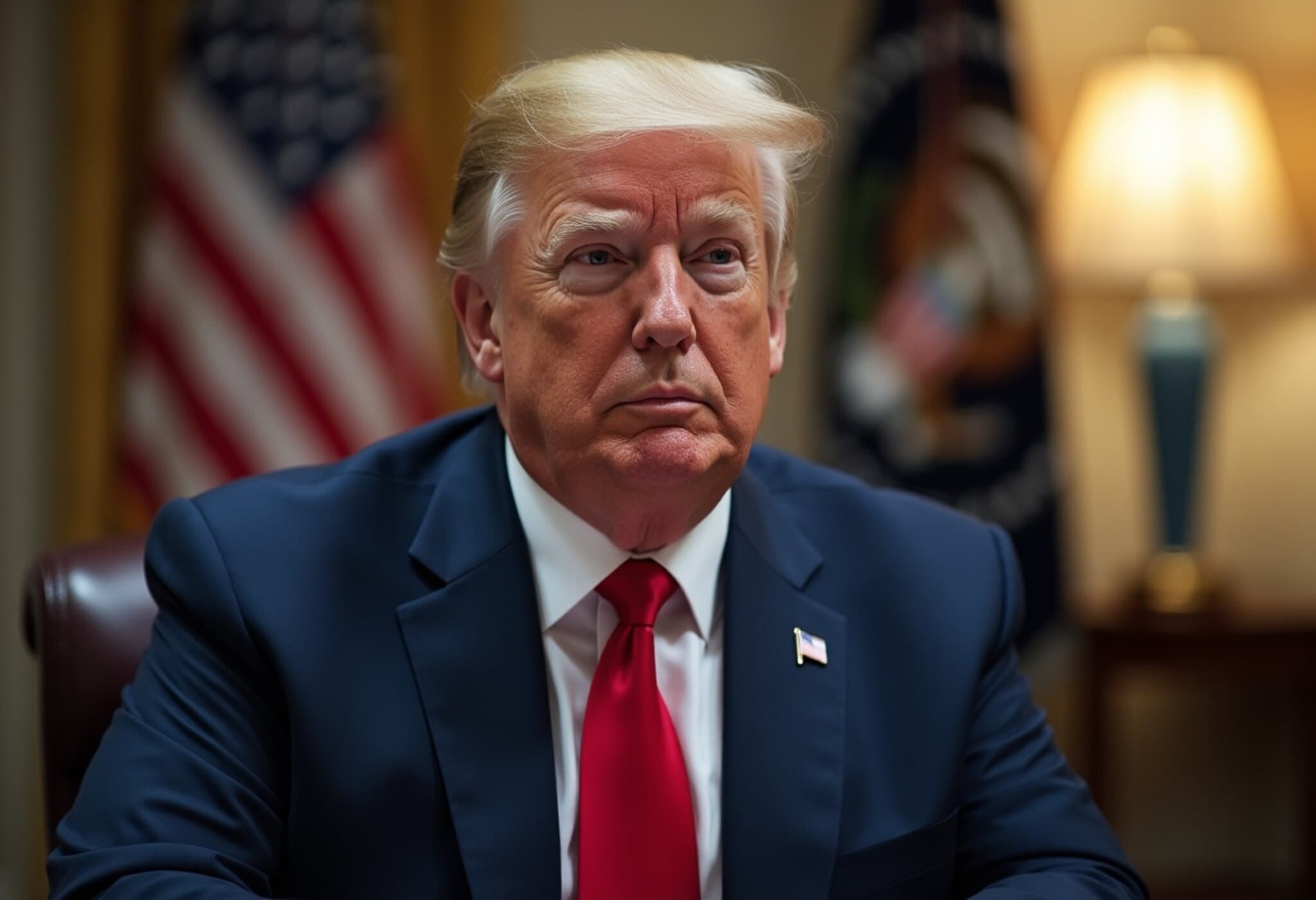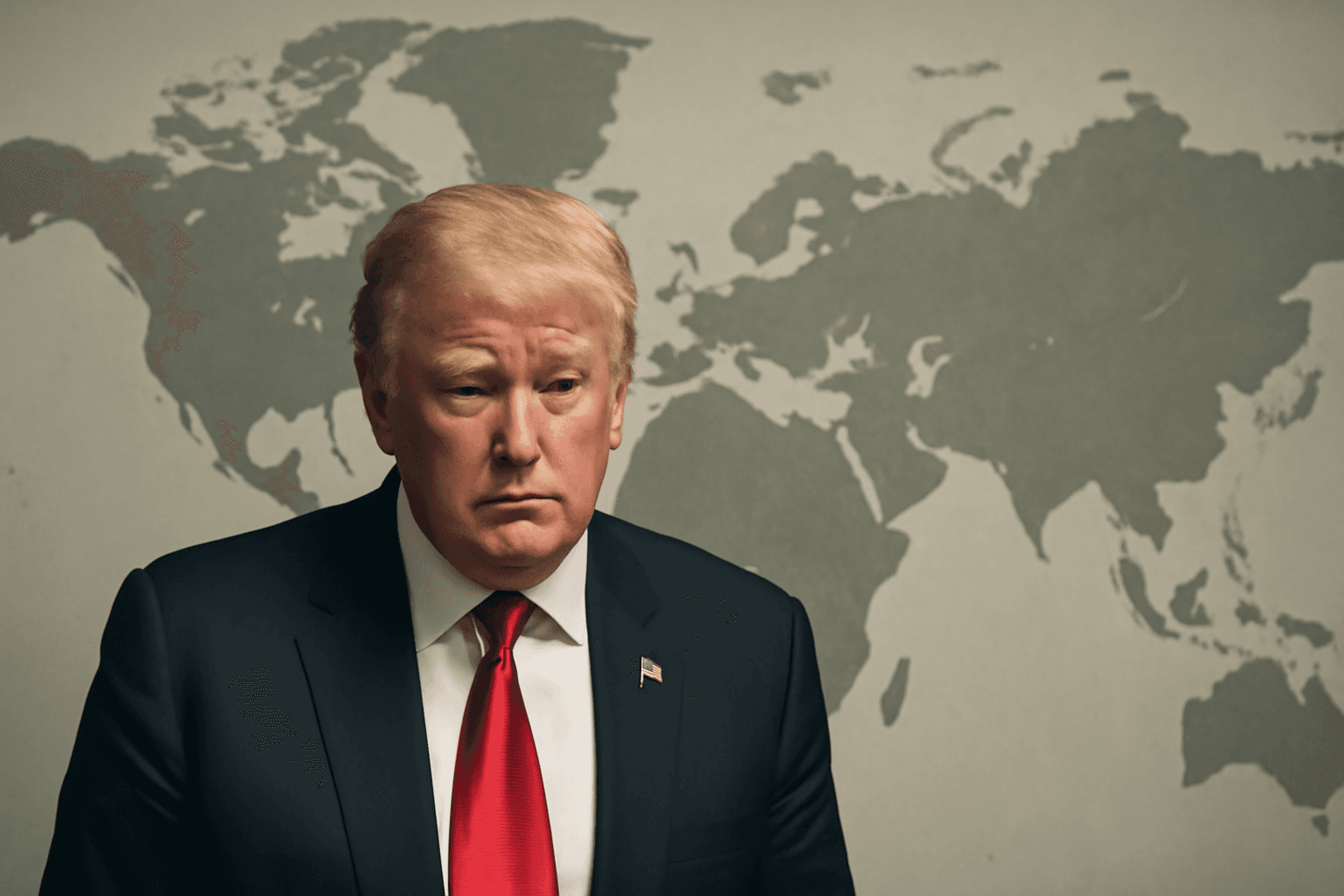Australia’s Quiet Strategy Amid Trump’s Tariff Escalation
In early 2025, Australia found itself caught in the crossfire of President Donald Trump’s sweeping steel and aluminium tariffs. While many countries scrambled for exemptions, Australia’s approach was notably subdued—a stance that, in retrospect, proved to be a calculated and arguably wise move.
Australia’s Diplomatic Tightrope
At the heart of the drama was Australia’s effort to secure an exemption from the punitive tariffs imposed by the US. Despite hopeful whispers from individuals close to the Trump administration, the request was ultimately denied. This rejection came just as Australia was gearing up for a crucial federal election, limiting its willingness to engage in aggressive trade pushbacks.
Australian officials recognized the nuanced reality: with a baseline tariff of 10%, it was difficult to mount a strong objection given the relatively modest impact compared to higher tariffs imposed on other nations. There was also a palpable risk that pressing too hard might invite more severe trade restrictions from Washington.
The UK Factor and Setting the Baseline
Adding to this dynamic was the example set by the United Kingdom, which—despite its “special relationship” status with the US—was subjected to the same 10% tariff baseline. This underscored a hard truth: in Trump’s tariff architecture, baseline measures were rigid and non-negotiable.
Prime Minister Anthony Albanese faced criticism for not securing a personal meeting with Trump, especially as the US president departed events early without such a meeting. Yet, experts suggest that a face-to-face encounter may not have altered the outcome significantly. The US administration seemed less interested in placating Australia and more focused on leveraging tariffs for broader strategic gains.
Comparative Outcomes for Regional Partners
Australia’s restraint contrasts sharply with New Zealand, which experienced an increase in tariffs from 10% to 15%, likely linked to its minor trade deficit with the US. Australia's position, as a nation enjoying a US trade surplus and boasting an existing free trade agreement, meant it was less likely to face escalating tariff threats unless a broader surge affected multiple partners.
Behind the Scenes: Agriculture and Trade Dynamics
The beef import saga reveals some of the underlying tensions. The US administration publicly criticized Australia’s refusal to import US beef, a sensitive issue tied to American agricultural pride and economic interests. When Australia eventually eased its stance, the US capitalized on the moment, promoting American beef as the “safest and best in the world.”
This episode highlighted a key point: America’s goodwill toward Australia—underscored by trade surpluses and defense contracts—does not guarantee immunity from trade pressure. Canberra’s cautious diplomacy helped avoid heavier tariffs but didn’t stop the US from pursuing its interests aggressively.
The Broader Implications for Global Trade
Trump’s tariff policy represents a unilateral challenge to the norms of free trade, leveraging US economic might through decisively abrupt measures often announced via simple fact sheets rather than through established diplomatic channels. While the policy aims to increase revenue and apply pressure rather than dismantle global trade systems, it sets a precedent that other countries might emulate, potentially destabilizing international commerce.
Expert Insight: The Road Ahead
From a policy perspective, Australia's approach reflects a sophisticated understanding of its position within the global trade ecosystem. Rather than engaging in reactive conflict, Canberra prioritized long-term stability, recognizing that being a minor target in a broad tariff sweep offers opportunities for negotiation at a later stage. This pragmatic posture may preserve Australia's economic interests better than confrontational treaty-breaking or tit-for-tat tariff measures.
Furthermore, Australia’s experience underscores the vulnerability of middle-power nations in global trade politics, especially when dominant countries wield protectionist tools without much warning. It raises important questions about the future shape of economic alliances and how countries can collectively safeguard the rules-based trade order.
Editor’s Note
Australia’s muted response to Trump’s tariffs speaks volumes about realpolitik in today’s global economy. While critics argue that stronger resistance might have yielded better outcomes, Canberra’s choice highlights the challenges of balancing national interest against economic pragmatism under unpredictable international pressure. As the US continues to redefine trade norms, nations like Australia must navigate these turbulent waters with cautious diplomacy and strategic patience.
Moving forward, the critical question remains: how will Australia and like-minded countries push back against unilateral economic measures without burning bridges? This evolving story is a crucial one for policymakers, businesses, and citizens invested in the future of global trade and economic stability.

